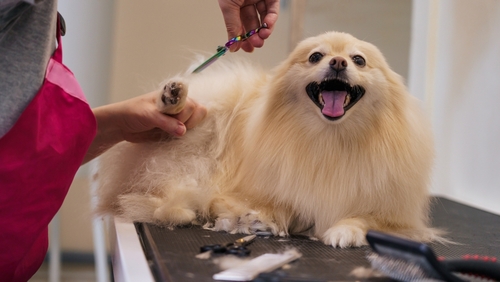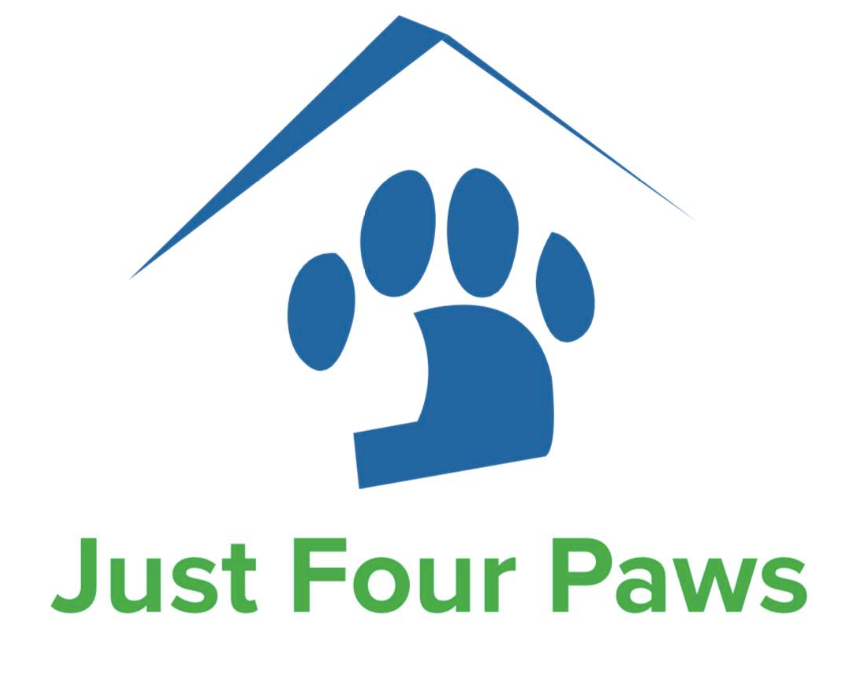A Guide to Dog Coats and How to Properly Groom Them

Dogs come in various shapes and sizes, each with their unique coat types that require specific grooming techniques to keep them healthy and looking their best. Proper grooming not only helps maintain your dog’s appearance but also promotes good health by preventing matting, skin infections, and other coat-related issues. In this guide, we will explore different types of dog coats and provide tips on how to properly groom them to keep your furry friend looking and feeling their best.
Understanding Different Types of Dog Coats
1. Short Coats
Dogs with short coats, such as Dalmatians, Beagles, and Boxers, have hair that is close to their body and does not require extensive grooming. However, regular brushing can help remove loose hair and dirt, keeping their coat shiny and healthy. A soft-bristle brush or grooming mitt is ideal for dogs with short coats to help distribute natural oils and stimulate the skin.
2. Double Coats
Breeds like Siberian Huskies, Golden Retrievers, and German Shepherds have double coats consisting of a soft undercoat and a longer outer coat. Regular brushing is essential to remove loose hair and prevent matting. A slicker brush or undercoat rake can help remove loose fur and prevent shedding. Be mindful not to shave double-coated breeds, as their coat serves as insulation and protection from the elements.
3. Curly Coats
Dogs with curly coats, such as Poodles, Bichon Frises, and Portuguese Water Dogs, require regular grooming to prevent matting and tangling. Regular brushing and combing are essential to keep their coat tangle-free and prevent mats from forming. Using a slicker brush, comb, or specialized grooming tools designed for curly coats can help maintain their signature curls and prevent skin issues.
4. Long Coats
Long-coated breeds like Shih Tzus, Maltese, and Yorkshire Terriers have hair that requires frequent grooming to prevent tangling and matting. Regular brushing and combing are necessary to keep their coat free of tangles and prevent mats from forming. Using a pin brush, comb, or slicker brush can help detangle their long hair and keep it looking sleek and shiny.
5. Smooth Coats
Smooth-coated breeds, such as Chihuahuas, Greyhounds, and Doberman Pinschers, have short, smooth hair that requires minimal grooming. Regular brushing with a soft-bristle brush or grooming mitt can help remove loose hair and distribute natural oils. Bathing should be done as needed to keep their coat clean and healthy.
How to Properly Groom Your Dog
1. Brushing
Regular brushing is essential for all dogs, regardless of coat type. Brushing helps remove loose hair, dirt, and debris, preventing matting and tangling. The frequency of brushing will depend on your dog’s coat type, with some breeds requiring daily brushing while others may only need it once a week. Using the appropriate brush for your dog’s coat type can help maintain their coat and skin health.
2. Bathing
Bathing your dog is an important part of grooming, as it helps keep their coat clean and healthy. The frequency of bathing will depend on your dog’s lifestyle and coat type, with some breeds needing baths more frequently than others. Use a gentle dog shampoo that is formulated for your dog’s coat type to avoid drying out their skin. Be sure to thoroughly rinse out all shampoo to prevent skin irritation.
3. Nail Trimming
Regular nail trimming is crucial for your dog’s health and comfort. Overgrown nails can cause pain, difficulty walking, and even lead to joint issues. If you are uncomfortable trimming your dog’s nails, consider taking them to a professional groomer or veterinarian for nail trims. Be sure to use proper nail clippers designed for dogs and avoid cutting the quick, which can cause bleeding and pain.
4. Ear Cleaning
Cleaning your dog’s ears is an essential part of grooming, especially for breeds with floppy ears that are prone to ear infections. Use a gentle ear cleaning solution and cotton balls to wipe out dirt, debris, and excess wax from your dog’s ears. Be sure not to insert anything into their ear canal and only clean the outer ear. If you notice any redness, odor, or discharge, consult your veterinarian.
5. Professional Grooming
Some dog breeds may require professional grooming to maintain their coat and overall health. Professional groomers have the expertise and tools to properly groom your dog’s coat, trim their nails, clean their ears, and assess their skin and coat health. Regular grooming appointments can help keep your dog looking and feeling their best and prevent coat-related issues.
Summary
Proper grooming is essential for maintaining your dog’s coat health, preventing matting and tangles, and promoting overall well-being. By understanding your dog’s coat type and following the appropriate grooming techniques, you can keep your furry friend looking their best and ensure they stay healthy and comfortable. Regular brushing, bathing, nail trimming, ear cleaning, and professional grooming appointments are all important components of a comprehensive grooming routine for your dog. Remember to take your time, be gentle, and make grooming a positive experience for your dog to help them enjoy the process and bond with you during grooming sessions.
Need Dog Services in Bee Cave, TX?
At Just Four Paws, Inc., we understand that your furry friends are more than just pets – they are cherished members of your family. That’s why we are committed to providing the best possible care for them during their stay with us. Our pet boarding services offer a safe and comfortable environment where your pets will receive individual attention and plenty of playtime. Additionally, our expert groomers are dedicated to pampering your pets and ensuring they look and feel their best. Trust Just Four Paws, Inc. with your pets’ needs and give them the love and care they deserve. Contact us today to learn more about what we can do for you!
